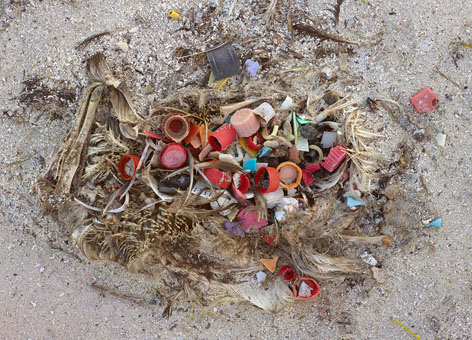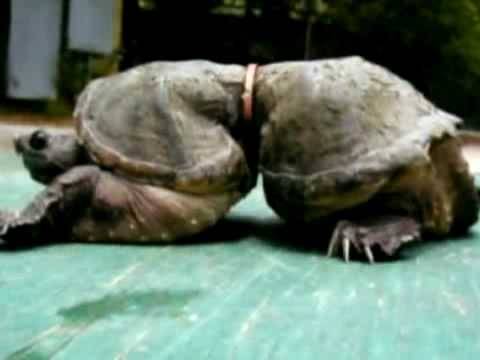The Great Pacific Garbage Patch Size


Apr 24, 2009 Richard Grant reports on the Great Pacific Garbage Patch, and a new expedition that aims to make us reassess our relationship with plastic. Illustrations.
Water and air, the two essential fluids on which all life depends, have become global garbage cans. Jacques Cousteau. Way out in the Pacific Ocean is an area.

The Great Pacific garbage patch, also described as the Pacific trash vortex, is a gyre of marine debris particles in the central North Pacific Ocean located roughly.

What is the Great Pacific Ocean Garbage Patch. A swirling sea of plastic bags, bottles and debris is growing in the North Pacific, and now another one has been found.
- Aug 11, 2014 What is the Great Pacific Garbage Patch. The garbage patch is a popular name for concentrations of marine debris in the North Pacific Ocean.
- UPDATED FEBRUARY 7, 2013 -- While everything may be bigger in Texas, some reports about the Great Pacific Garbage Patch would lead you to believe that this marine.
- The real Great Pacific Garbage Patch. Photo by Miriam Goldstein, Scripps Institution of Oceanography, 2010 EX1006 cruise.
The remains of dead baby albatrosses reveal the far-reaches of plastic pollution on Midway Atoll, 2000 miles from any mainland. Credit: Chris Jordan, from his series Midway: Message from the Gyre. Used under Creative Commons Attribution-Noncommercial-No Derivative Works 3.0 United States License.
UPDATED FEBRUARY 7, 2013 -- While everything may be bigger in Texas, some reports about the Great Pacific Garbage Patch would lead you to believe that this marine mass of plastic is bigger than Texas maybe twice as big as the Lone Star State, or even twice as big as the continental U.S.
For NOAA, a national science agency, separating science from science fiction about the Pacific garbage patch and other garbage patches is important when answering people s questions about what it is and how we should deal with the problem.
For the record, no scientifically sound estimates exist for the size or mass of these garbage patches.
The NOAA Marine Debris Program s Carey Morishige takes down two myths floating around with the rest of the debris about the garbage patches in a recent post on the Marine Debris Blog:
There is no garbage patch, a name which conjures images of a floating landfill in the middle of the ocean, with miles of bobbing plastic bottles and rogue yogurt cups. Morishige explains this misnomer:
While it s true that these areas have a higher concentration of plastic than other parts of the ocean, much of the debris found in these areas are small bits of plastic microplastics that are suspended throughout the water column. A comparison I like to use is that the debris is more like flecks of pepper floating throughout a bowl of soup, rather than a skim of fat that accumulates or sits on the surface.
She s not downplaying the significance of microplastics. They are nearly ubiquitous today degrading into tiny bits from a range of larger plastic items PDF and now turning up in everything from face scrubs to fleece jackets and their impacts on marine life mostly remain a big unknown.
Marine debris accumulation locations in the North Pacific Ocean. NOAA Marine Debris Program
There are many garbage patches, and by that, we mean that trash congregates to various degrees in numerous parts of the Pacific and the rest of the ocean. These natural gathering points appear where rotating currents, winds, and other ocean features converge to accumulate marine debris, as well as plankton, seaweed, and other sea life. Find out more about these convergence zones in the ocean and a NOAA study of the North Pacific Subtropical Convergence Zone PDF.
Any way you look at these peppery soups of plastic in the Pacific, none of the debris should be there. The NOAA Marine Debris website and blog have lots of great information and references if you want to learn more about the garbage patch issue.
Looking for more information about the garbage patches.
Editor s Note: This post was updated 02/07/2013 to correct the statement that previously misidentified the North Pacific Subtropical Convergence Zone as the Great Pacific Garbage Patch. What is known as the Great Pacific Garbage Patch is actually the Eastern Pacific garbage patch, associated with the atmospheric area known as the North Pacific Subtropical High.